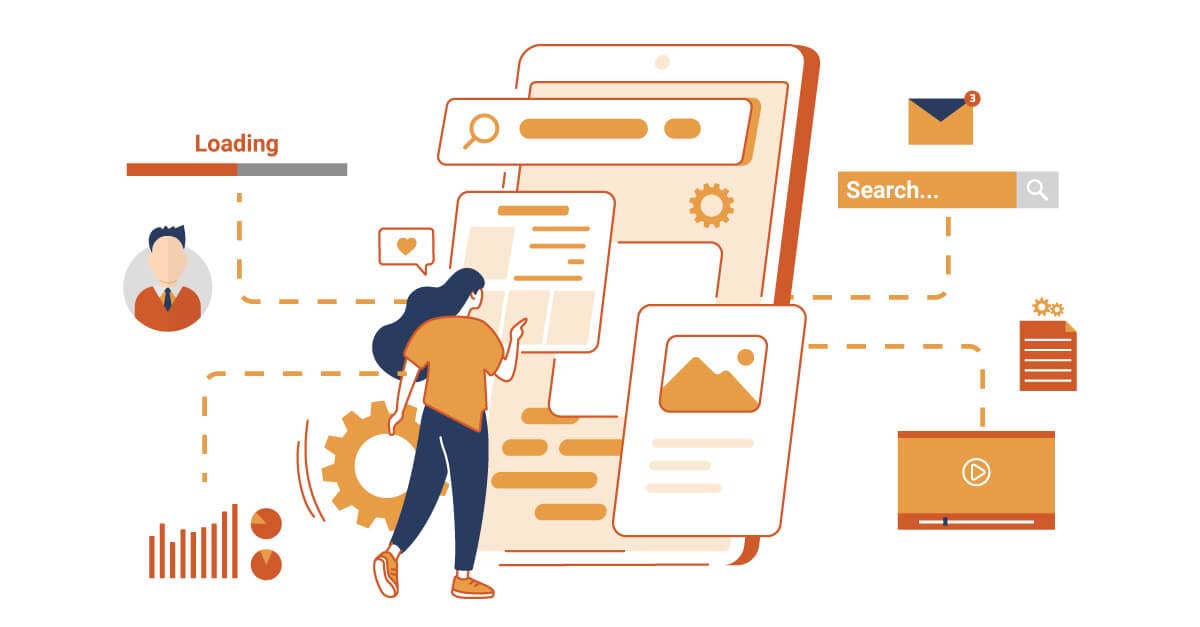
Generative AI in banking has emerged as a transformative technology, enabling financial institutions to operate more efficiently, personalize services, and manage risks with unprecedented precision. By leveraging advanced machine learning models, banks can now create predictive insights, automate decision-making, and enhance customer experiences like never before.
Generative Al in banking
Key use cases
Fraud detection & prevention
Generative AI models can simulate fraudulent transaction patterns, allowing banks to detect anomalies early. By training on synthetic data, these models identify suspicious activities in real time, significantly reducing financial losses.
Financial recommendations
By analyzing customer behavior, generative systems design tailored investment portfolios, savings strategies, and loan offers. This personalization fosters stronger client relationships and increases product adoption.

Risk management & testing
Banks can create simulated economic scenarios to evaluate portfolio resilience. Generative AI helps risk teams prepare for market volatility by predicting potential impacts on assets and liabilities.

Document processing & automation
Generative models can summarize contracts, extract key details, and generate compliance reports, reducing manual workload and improving accuracy in regulatory documentation.
Chatbots & virtual banking assistants
AI-powered conversational tools deliver instant, context-aware responses to customer queries, improving satisfaction while reducing operational costs.

Benefits
Enhanced accuracy
Reduces human error through automated, data-driven insights.
Operational efficiency
Minimizes manual intervention, freeing teams to focus on strategic initiatives.
Cost savings
Cuts down on repetitive processes, lowering operational expenses.

Regulatory compliance
Improves adherence to industry standards through intelligent reporting and monitoring.
Innovation enablement
Facilitates the creation of new financial products and services tailored to evolving market needs.
Applications
Credit scoring
Creating more inclusive models that evaluate borrowers beyond traditional credit history.
Market forecasting
Predicting stock and currency trends using historical and real-time data synthesis.

Anti-money laundering
Generating realistic transaction patterns to train detection algorithms.
Customer onboarding
Automating KYC (Know Your Customer) processes with synthetic identity verification datasets.
Conclusion
The adoption of Generative AI in banking is no longer optional, it is a strategic necessity for institutions aiming to stay competitive in a rapidly digitizing economy. By embracing this technology, banks can unlock operational excellence, build customer trust, and pave the way for sustainable growth.

